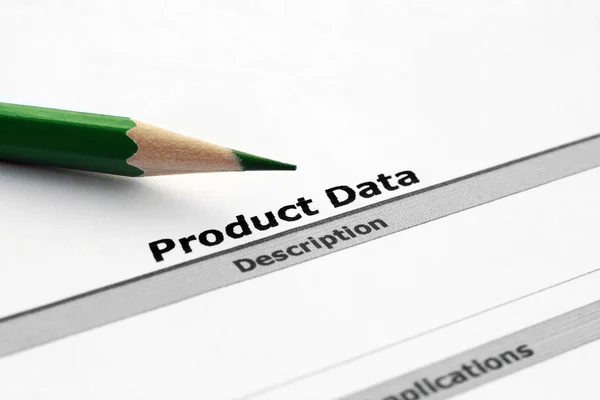In this article we are going to discuss the three types of SEO and give you a deeper understanding on what they are and how they work.
What Is #DirtyProductData ?
Dirty product data is a term used to describe the inaccurate information that is found on a product page. This can include misspellings, typos, or even missing information like price or availability. Dirty product data can be caused by a number of different things, including human error during data entry, or simply an outdated system that doesn’t have the proper checks in place to ensure new data is correct.
The effects of dirty product data can be wide-ranging depending on how severe the issue is. The most basic effect is that it makes it difficult for shoppers to find products they’re interested in purchasing because of confusion over what they’re looking at. For example, if you’re looking for a specific brand of coffee maker but all of the listings are for “coffee makers” instead of just one brand name, then it would be hard for you to find what you wanted without further research into what each listing actually contains.
More serious effects include incorrect pricing or availability information which could lead to confusion for consumers who might think something is out of stock when it really isn’t, or end up paying too much money for something because they didn’t realise they were getting it on sale.
The Importance Of Having #GoodCustomerService
Good customer service is one of the most important factors in any business. Whether you’re a restaurant, a bank, or anything else, your customers are the lifeblood of your business. If you want to be successful, you need to make sure that your customers are happy with the services you provide. If customers feel like they’re getting good service then they’re more likely to return again in the future which means more money coming into your business.

Here are some effects of poor customer service:
– You lose clients. If they’re not happy with their experience, they won’t come back.
– You lose money. If you have unhappy customers who aren’t buying from you, that’s money out of your pocket!
– You lose customers’ trust. They won’t feel comfortable trusting you with their money again if they’ve had a bad experience with you before.
How Does Dirty Product Data Affect Your Customer Service
Dirty product data affects your customer service in a couple of ways.First, if your product data is dirty, then you won’t be able to provide the right products to the right customers.This will result in delays and innecicieny which wastes the time of your customers.Also if your product data is dirty and you are trying to sell a product that isn’t available or doesn’t exist (or something similar), then it’s unlikely that your customers will be happy with their purchase experience—and therefore they might not come back and this will have a effect on your reputation.Lastly, if you don’t have enough information about a customer or their order history, you’re going to have trouble providing them with what they want when they need it.

Here are a few more ways it may effect your customer service :
1) Your customer service reps can’t answer questions about products.
2) You don’t know what inventory to order, how much or which items to stock.
3) You can’t give your customers the right information when they call with issues about their products.
4) You don’t know who or where to send an email when you have a sale or new product launches.

How Can You #Clean Your Dirty Product Data
#Manually;
1. Check for duplicate entries. Duplicate entries are often an easy fix—all you have to do is delete one of the duplicates, and your product data will be clean again!
2. Check for invalid characters in fields like brand name or product description. Invalid characters can cause problems with things like auto-complete and search functionality, so make sure you remove them from any fields where they might be causing errors or slowdowns before proceeding further with manual cleaning of your dirty product data.
3. Check formatting of fields like brand name or product description to make sure they’re consistent across all records; this will help keep things running smoothly as you continue with manual cleaning of your dirty product data!
Using a tool such as AICA;
In large businesses, checking and cleaning all your product data becomes almost impossible. Therefore, tools like #AICA are ideal since they use algorithms to check all your data for incomplete, invalid, inaccurate, inconsistent, and duplicate entries. With this method of data cleaning, you can save time and money and get the job done accurately. Any organisation can use AICA’s data cleansing, comparison, and enrichment tools because they are cost-effective and easy to use. Visit AICAs website to find out more about their one of a kind Data Cleansing tool
